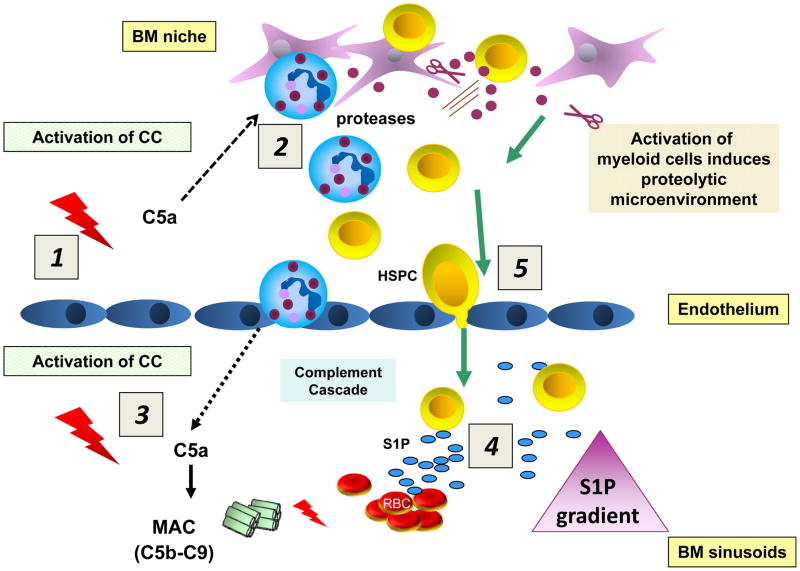Figure 3. Activation of the CC directs mobilization of HSPCs.
HSPCs are actively retained in BM and retention signals in the BM niches counteract an S1P-mediated chemotactic plasma gradient. Activation of the CC in the BM microenvironment (1) leads to generation of C5a, which strongly activates granulocytes and monocytes to release proteolytic enzymes that perturb retention signals for HSPCs in their niches (2). Activation of the CC in BM sinusoids also leads to release of C5a, which chemoattracts granulocytes and monocytes into PB (3). These cells are highly enriched in proteolytic enzymes and are the first to leave the BM and thus “pave the way” for HSPCs that follow in their “footsteps”. At the same time, activation of the CC in the BM sinusoids leads to generation of sublytic and lytic C5b-C9 (MAC), which promotes additional release of S1P from erythrocytes (4). In the final step, HSPCs egress from BM following the higher plasma S1P level in the BM sinusoids (5).

